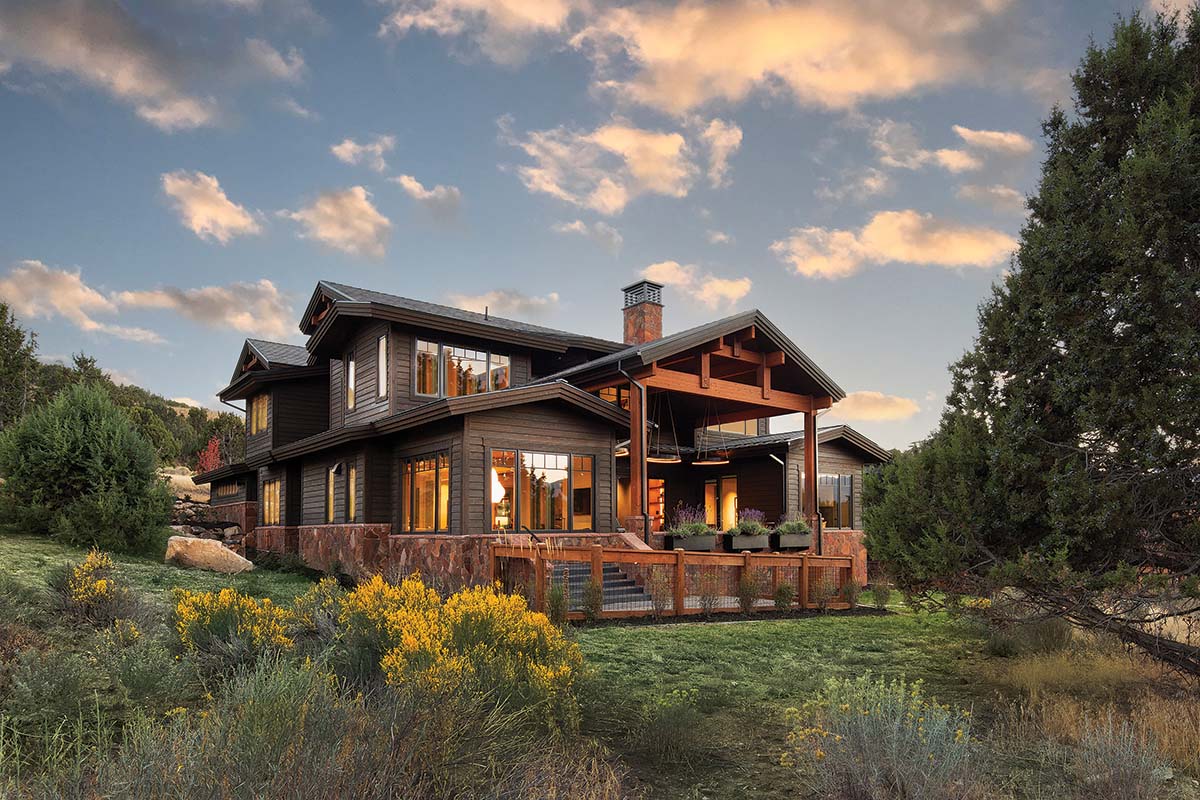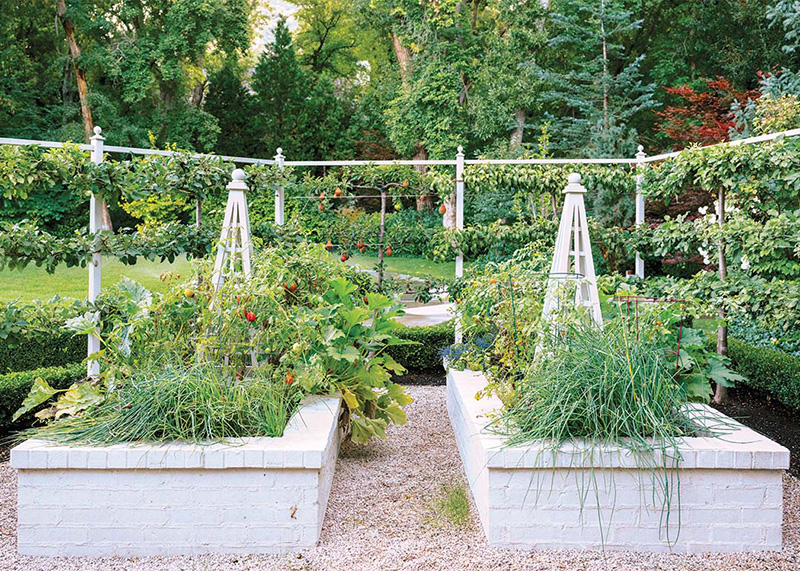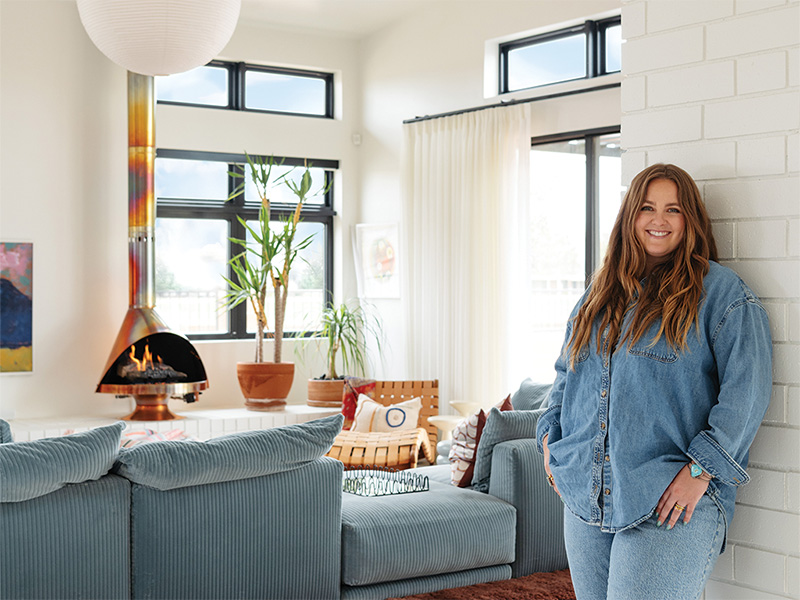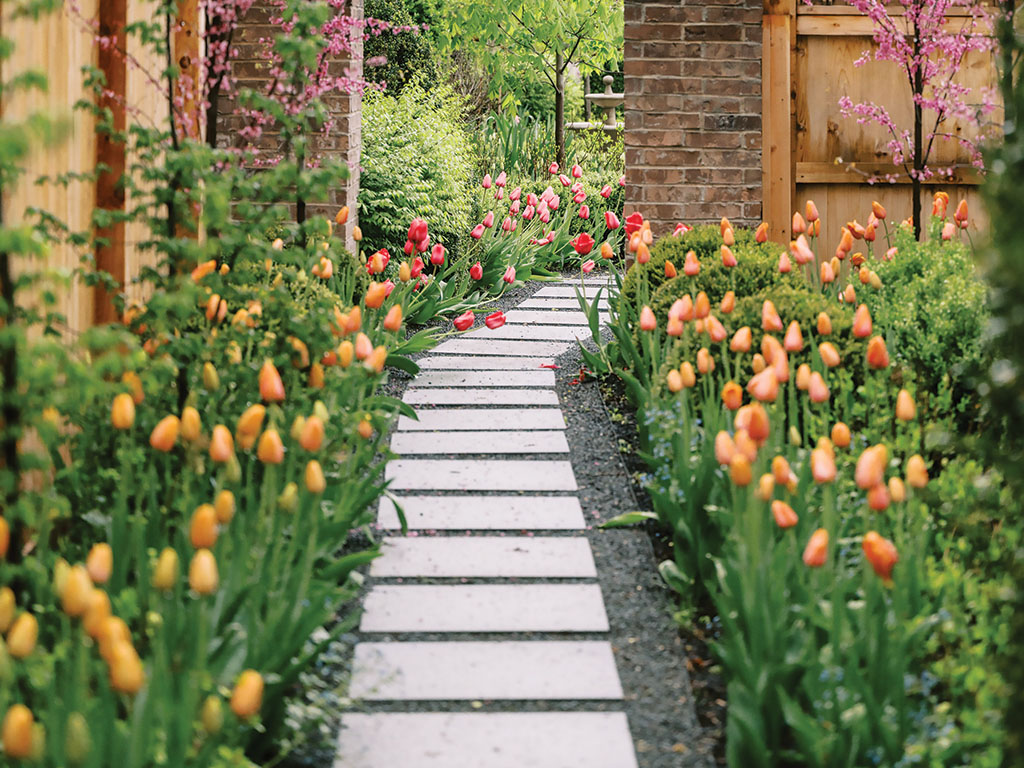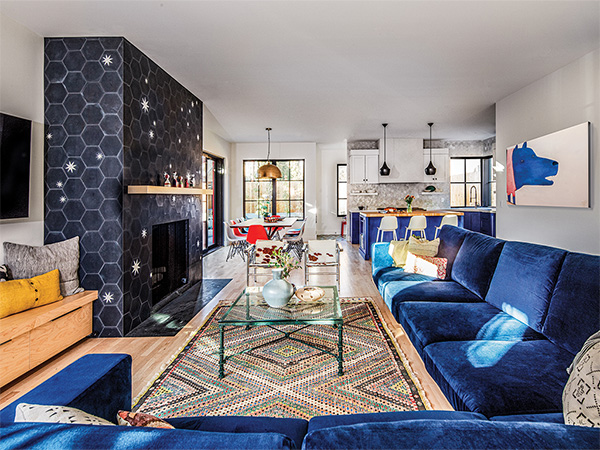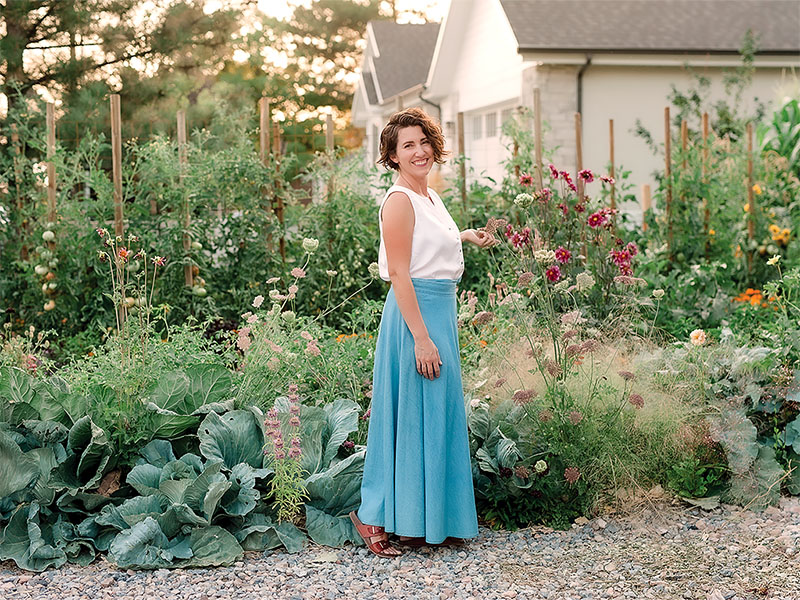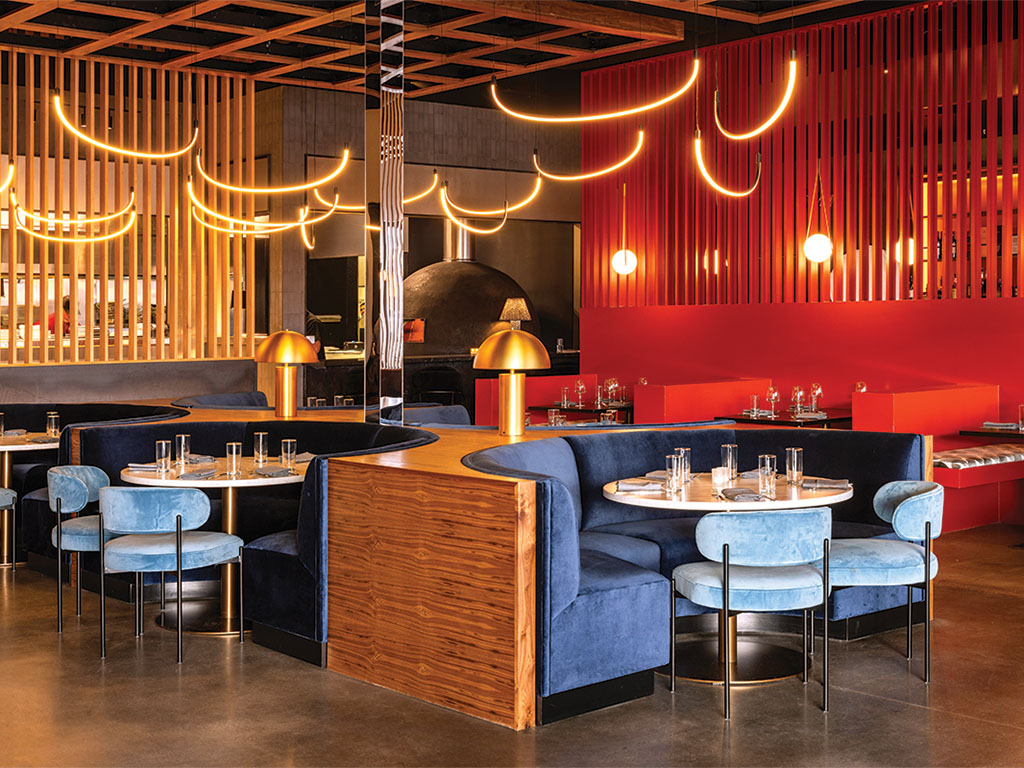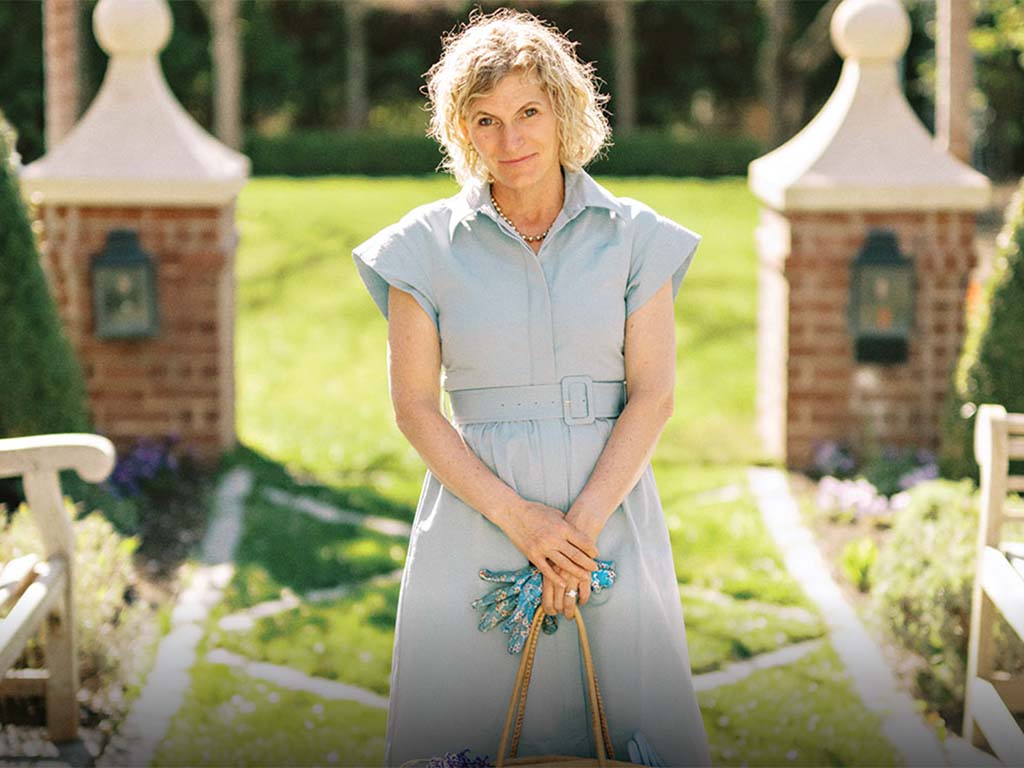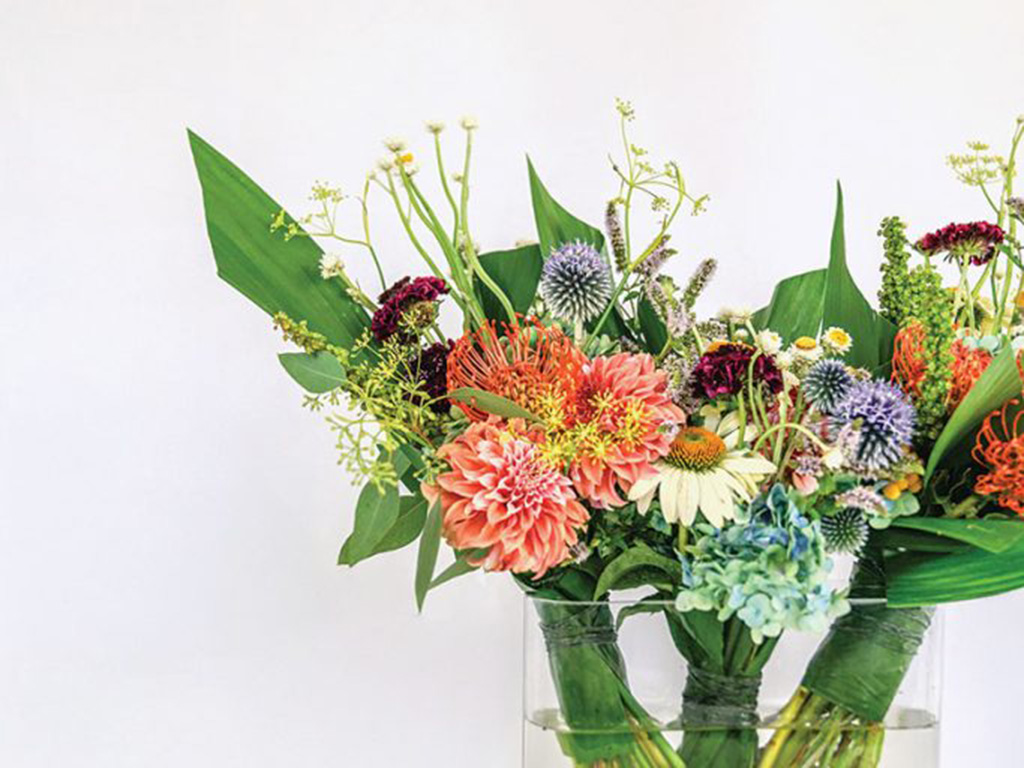
Become the host with the most this holiday season with this freshly picked table hack: a floral centerpiece composed of multiple…
Read More
Brad Mee is the Executive Editor of Utah Style & Design magazine. Published with the discerning homeowner in mind, Utah Style & Design magazine provides its readers with innovative ideas and interesting stories, insightful writing and lavish full-color photography.
